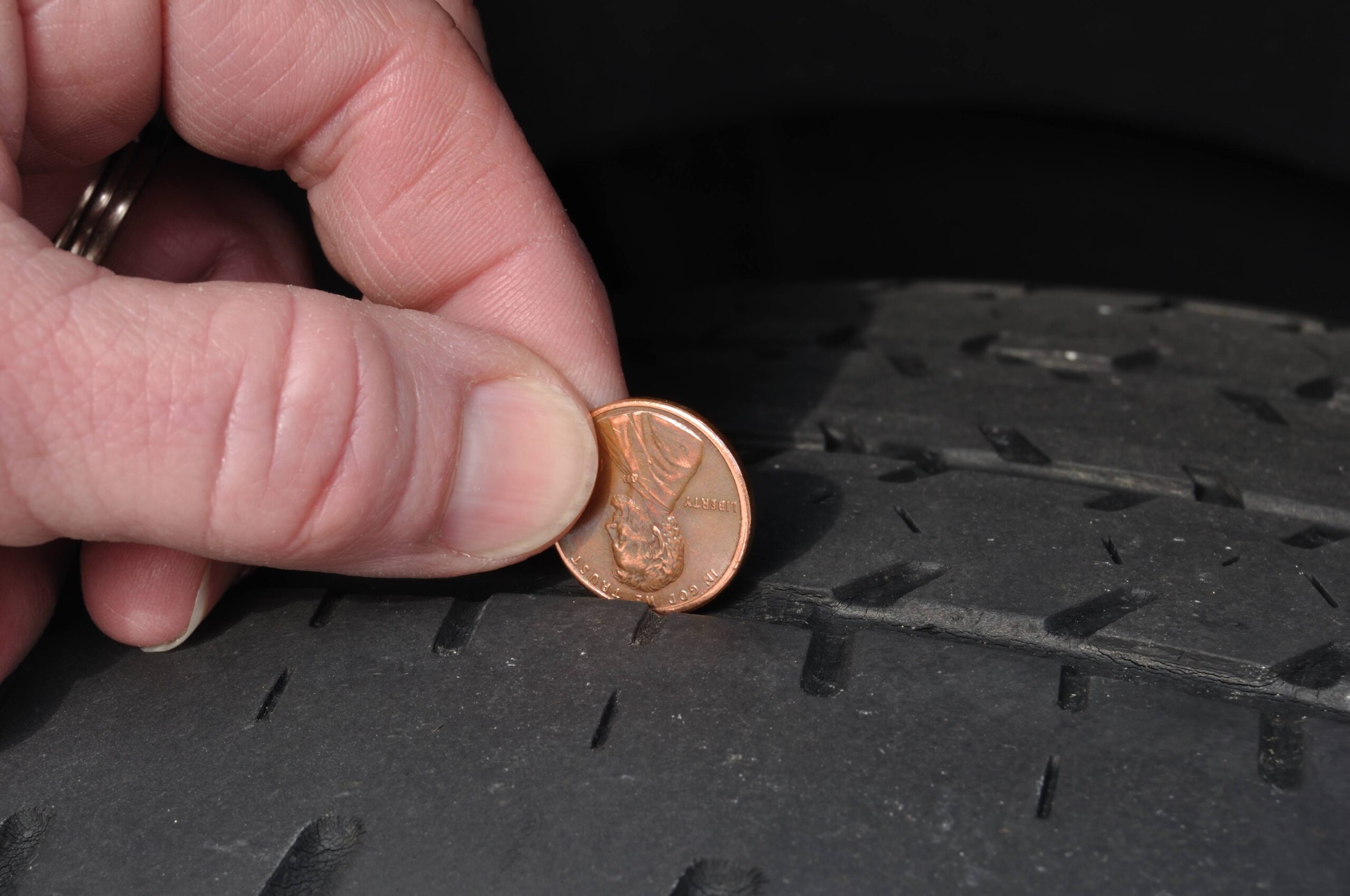Life is meant to be lived! Get out and enjoy the ride!
For some, the word “bike” conjures up images of childhood and that first delicious spin on two wheels. Many adults recapture this thrill riding a motorcycle. For non-riders, the pull of the bike may be hard to comprehend. What is the draw? Sam Louie, a writer for Psychology Today, describes riding as a way to engage: “You take in what’s around you, using all your senses. You must concentrate all your energy on riding (no texting, eating, etc.).” Louie points out the therapeutic aspect of riding: “Sometimes being alone on the seat of a bike free of distractions can provide the emotional space needed to declutter your soul.”
Other riders describe this focus as meditative or a feeling of “zen,” as it clears your mind of clutter, including the worries and fears that are especially present with us today and maybe weighing on us more than we realize.
In addition to the freedom, thrill, and zen aspect of riding, there are many practical aspects. Motorcycles are more fuel-efficient than cars, so you will spend less at the pump and pollute less. According to Business Insider, motorcycles are cheaper and easier to maintain than cars, even when including the gear cost.
The thrill of the ride combined with the mental health benefits from being outside and a part of the world in a way car drivers don’t experience (not even you convertible owners), as well as the practical, economic benefits of riding make motorcycles start to sound like the panacea of transportation. Unfortunately, the safety factor is not something we can ignore.
According to the National Highway Traffic Safety Administration, a motorcycle rider is 28 times as likely to die in a traffic crash as a person in a car. While motorcycles make up approximately three percent of all vehicles on the road, they account for about 14% of fatalities (National Safety Council). How can you enjoy your freedom on the road while taking steps to avoid becoming one of these statistics?
Wear a full-coverage helmet whether your state requires it or not. According to the CDC, helmets reduce the risk of head injury by 69% and the risk of death by 37%. Never drink and ride; stay alert and drive defensively, especially at intersections, where half of all accidents occur. Invest in proper gear: wear durable protective clothing, preferably something reflective, and glasses, goggles, or a face shield that will prevent fogging. Be educated: most states, including Connecticut, require you to pass a motorcycle safety course to operate a two-wheeled motorcycle on the road legally. If it has been a while since you took your course, consider a refresher. Life is meant to be lived! Get out and enjoy the ride! For information about insuring your motorcycle, call Waitte’s Insurance, where our staff is here to discuss your unique insurance needs.




 The winter season is certainly a time of great merriment and celebration. The holidays offer Americans the opportunity to travel around the corner or across the country to be with friends and relatives. However, it is also a time to be even more cautious, primarily when you’re traveling in the icy winter weather conditions.
The winter season is certainly a time of great merriment and celebration. The holidays offer Americans the opportunity to travel around the corner or across the country to be with friends and relatives. However, it is also a time to be even more cautious, primarily when you’re traveling in the icy winter weather conditions. The Winter winds are finally subsiding and the warm open road is waiting for you to get out and ride! But after leaving your ride in storage for the Winter, it’s important when preparing your motorcycle to check all of your safety equipment and review the laws and regulations to ensure your next road trip ends safely.
The Winter winds are finally subsiding and the warm open road is waiting for you to get out and ride! But after leaving your ride in storage for the Winter, it’s important when preparing your motorcycle to check all of your safety equipment and review the laws and regulations to ensure your next road trip ends safely. Marriage is far more than the joining of two individuals into one couple. Not only are two people joining their personal lives when they marry, they are also combining their finances and expenses. Many people do not realize it, but getting married prompts many changes to their auto insurance rates?
Marriage is far more than the joining of two individuals into one couple. Not only are two people joining their personal lives when they marry, they are also combining their finances and expenses. Many people do not realize it, but getting married prompts many changes to their auto insurance rates? Chances are you couldn’t wait to get your driver’s license when you turned 16. However, you probably never guessed that there would be so many steps you had to take before you could get on the road, or that even after receiving your license, you still have to navigate numerous laws and restrictions until you turn 18. Teen driving may be difficult, but this guide can help clarify a few questions you may have.
Chances are you couldn’t wait to get your driver’s license when you turned 16. However, you probably never guessed that there would be so many steps you had to take before you could get on the road, or that even after receiving your license, you still have to navigate numerous laws and restrictions until you turn 18. Teen driving may be difficult, but this guide can help clarify a few questions you may have. In New England, fall is in full force; the leaves have changed colors, Thanksgiving preparations have begun, and the air is slowly getting colder and colder as winter approaches. While these changes may signal the approach of the holiday season, however, the colder weather also signifies another change: the increased danger to your car or other vehicles.
In New England, fall is in full force; the leaves have changed colors, Thanksgiving preparations have begun, and the air is slowly getting colder and colder as winter approaches. While these changes may signal the approach of the holiday season, however, the colder weather also signifies another change: the increased danger to your car or other vehicles. We see the same story in the news almost on a daily basis now; another traffic accident caused by distracted driving. More specifically, increasing numbers of drivers and passengers are being injured or killed due to someone driving while texting or talking on cell phones. Why is it so difficult for some to put away their cell phones while driving?
We see the same story in the news almost on a daily basis now; another traffic accident caused by distracted driving. More specifically, increasing numbers of drivers and passengers are being injured or killed due to someone driving while texting or talking on cell phones. Why is it so difficult for some to put away their cell phones while driving?